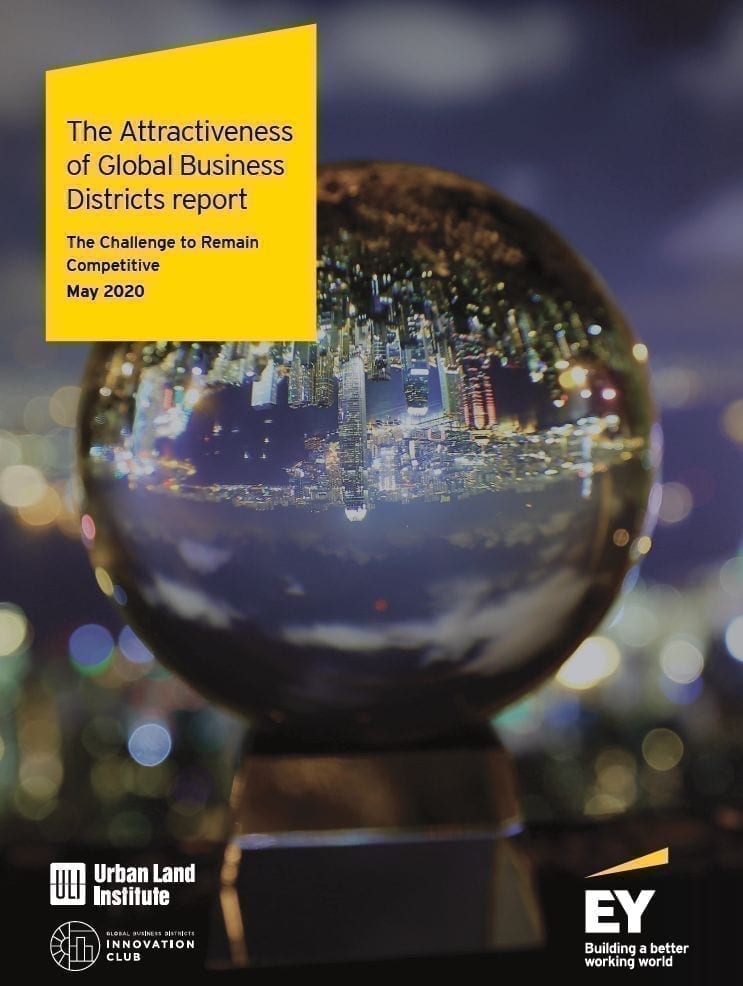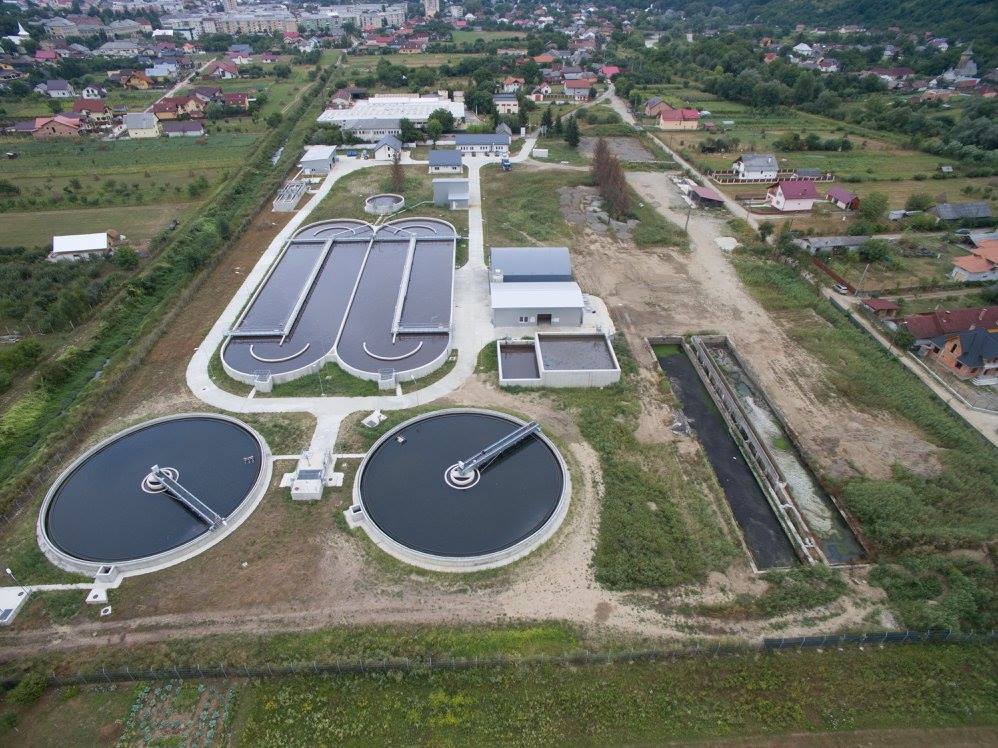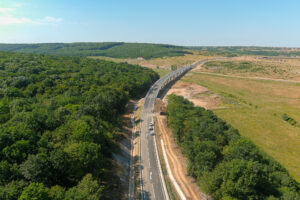- The only international study that assesses and compares 21 leading Global Business Districts (GBDs) highlights how concentration of talent, unparalleled business efficiency and instant connectivity will remain fundamental strengths.
- Western global cities still command the top places but Asian business districts have become increasingly competitive according to the 2020 Attractiveness of Global Business Districts Report.
- Report calls for collective resilience strategies and collaboration between stakeholders amid global risks facing cities and GBDs, particularly due to Covid-19.
The only international study that assesses and compares 21 leading Global Business Districts (GBDs) has confirmed that business districts in Western Europe and North America continue to lead the way, amid fierce competition from Asian business districts, but all will need to adapt in response to the Covid-19 crisis.
According to the 2020 Attractiveness of Global Business Districts Report, published by EY and the Urban Land Institute (ULI), and commissioned by the GBD Innovation Club, the City of London takes the top position in the GBD rankings with New York’s Midtown, Tokyo’s Marunouchi, and Paris’ La Défense close behind.
The report highlights how competition between business districts is intensifying with the range of the EY-ULI Index scores – a ranking established as part of a previous report – narrowing between the 21 GBDs since 2017. The largest increases in the EY-ULI Index between 2017 and 2020 were by Asian business districts, with Beijing’s Central Business District leading the charge.
“The 2020 Attractiveness of Global Business Districts Report highlights how the ability to attract talent has become even more important when assessing the attractiveness of business districts in comparison to the 2017 edition”, said Lisette van Doorn, CEO of ULI Europe. “Key elements to attract talent include quality of life, health and wellbeing and the availability of a live/work/play environment. Post Covid-19, we expect these human elements to become even more important than they already are. Business districts will have to adjust to a ‘new normal’ and those that do most successfully are expected to rise up the rankings in the future.”
“Among the big questions for business districts will be whether they are able to convince all their stakeholders that they are still special and unique places to operate,” says Marc Lhermitte, partner at Ernst & Young Advisory, France. “Before the outbreak of Covid-19, global business districts were in a high-stakes race to attract talent, new business and capital. For the most part, this will continue, albeit under new rules and those markets that can adapt to a post-pandemic world will be best-placed to succeed. In particular, business districts users will look for optimized, safer and more attractive workplaces.”
“There is no doubt that Global Business Districts will need to adapt to the ‘new normal’ but the Covid-19 crisis has made clear that human beings need social interaction and thrive from it,” says Marie-Célie Guillaume, Chairwoman of the Global Business Districts Innovation Club and CEO of Paris La Défense. “We are confident that the core of a GBD’s attractiveness formula will remain the same. International businesses – which represent the vast majority of GBDs – will need to resume staff meetings, conduct strategic projects, host clients and business partners.”
Five key observations are made by the report authors, including that:
- The concentration of talent, unparalleled business efficiency, and instant connectivity are fundamental strengths of GBDs.
- Prioritising the environment is an obligation to attract talent and tenants.
- Changing working patterns and focus on wellbeing might put pressure on the economic outlook of GBDs.
- Global risks facing cities and GBDs call for collective resilience strategies and collaboration between stakeholders.
- In the long term, GBDs must become inclusive urban destinations, beyond concentrations of office space.
The 2020 Attractiveness of Global Business Districts Report is based on complementary research approaches including quantitative – 46 objective indicators corresponding with 966 data points were used – and qualitative. A global survey of 349 real estate professionals, public officials, academics and users worldwide was carried out as well as 22 detailed interviews with global experts from business districts.
It ranks each GBD based on five main criteria, including ability to attract and retain talent; proximity to markets, customers, and partners; quality of the urban environment; local and global influence; and, adapted and innovative real estate supply.
The EY-ULI Index ranked the leading 21 GBDs in terms of attractiveness:
| Ranking | Business District | EY-ULI Index | Previous 2017 ranking | Previous 2017 EY-ULI Index |
|---|---|---|---|---|
| 1 | London, The City | 58.9 | 1 | 61.5 |
| 2 | New York, Midtown | 57.5 | 2 | 58.7 |
| 3 | Tokyo, Marunouchi | 54.7 | 3 | 52.1 |
| 4 | Paris, La Défense | 52.0 | 4 | 50.5 |
| 5 | London, Canary Wharf | 51.5 | 5 | 49.6 |
| 6 | New York, Financial District | 48.5 | 6 | 48.2 |
| 7 | Beijing, CBD | 45.8 | 9 | 41.1 |
| 8 | Seoul, Gangnam | 45.6 | N/A | N/A |
| 9 | Singapore, Downtown Core | 45.6 | 8 | 45.7 |
| 10 | Chicago, The Loop | 45.6 | 7 | 46.4 |
| 11 | Toronto, Financial District | 43.2 | N/A | N/A |
| 12 | San Francisco, Financial District | 42.6 | N/A | N/A |
| 13 | Hong Kong, Central District | 40.4 | 11 | 36.6 |
| 14 | Sydney, CBD | 40.1 | N/A | N/A |
| 15 | Amsterdam, Zuidas | 38.1 | 12 | 36.6 |
| 16 | Frankfurt, Bankenviertel | 35.8 | 10 | 37.3 |
| 17 | Dubai, DIFC | 35.5 | 13 | 34.0 |
| 18 | Shanghai, Pudong-Lujiazul | 35.0 | 14 | 32.3 |
| 19 | Sao Paulo, Paulista Avenue | 14.8 | 15 | 20.2 |
| 20 | Johannesburg, Sandton | 13.3 | 16 | 16.9 |
| 21 | Mumbai, Bandra Kurla Complex | 9.4 | 17 | 6.0 |
The top five positions remain unchanged since the 2017 report. However, the City of London’s EY-ULI Index score of 58.9 is lower than the 61.5 it scored in the 2017 edition of the survey, demonstrating how its competitors have gained ground, particularly due to the uncertainty created by Brexit, but it is too early to tell how the top tier of all GBDs will be affected by the Covid-19 pandemic.
Asian business districts are gaining momentum and now competing globally. The largest increases in the EY/ULI Index between 2017 and 2020 were experienced by Asian GBDs, with Beijing leading the lot, thanks to its increasing stock of office space (4.3 million square meters), which now hosts 8 Fortune Global 500 companies’ headquarters and 850,000 square meters of retail space.
Respondents to the survey, which was carried out before the Covid-19 crisis, said that prioritising the environment has become and will remain an obligation to attract talent and tenants with the top three priorities for making a business district sustainable including:
- sustainable and diversified transport;
- more efficient energy and water use management; and,
- more trees/urban forestry and farming.
The report concludes that new global risks facing cities and GBDs call for immediate and collective resilience strategies and that, in the long term, GBDs must become inclusive urban destinations, not just concentrations of office space, in order to survive and adapt to the ‘new normal’.
*The overall ranking for the EY-ULI Index is established based on the relative performance of each district based on 46 indicators separated into five criteria:
- Ability to attract and retain talent;
- Proximity to markets, customers, and partners;
- Quality of the urban environment;
- Local and global influence; and
- Adapted and innovative real estate supply.
Final ranking is obtained by calculating an average score for each business district, by applying a weighting to the score obtained in each attractiveness criterion. This weighting reflects the importance of the criterion, determined by taking the share of respondents from the online survey who consider the criterion “very important.” More information available on page 37 of the report.
About the Urban Land Institute
- The Urban Land Institute is a non-profit education and research institute supported by its members. Its mission is to provide leadership in the responsible use of land in creating and sustaining thriving communities worldwide. Established in 1936, the institute has over 45,000 members worldwide representing all aspects of land use and development disciplines.
- ULI has over 4,200 members in Europe across 14 National Council country networks. For more information, please visit europe.uli.org,
About GBD Innovation Club
- The Global Business Districts Innovation Club is a growing professional ecosystem of world business districts, its managing companies, urban planning authorities and experts in related fields. They are mobilizing resources to foster cooperation, encourage knowledge sharing, enhance dynamism, attractiveness, and the spirit of innovation, as well as to compare and combine inspirational methods among the world’s most influential office hubs. Our mission is to help the world’s business districts identify local innovative ideas and transform them into operational projects with global meaning.
- Paris La Défense and Chicago Loop Alliance are among the founding members of the GBD Innovation Club, along with Montréal Destination centre-ville, Beijing CBD and Guangzhou Tianhe. East Cut San Francisco, Marunouchi Tokyo, MIBC Moscow and Casa Anfa are also actively involved.













































